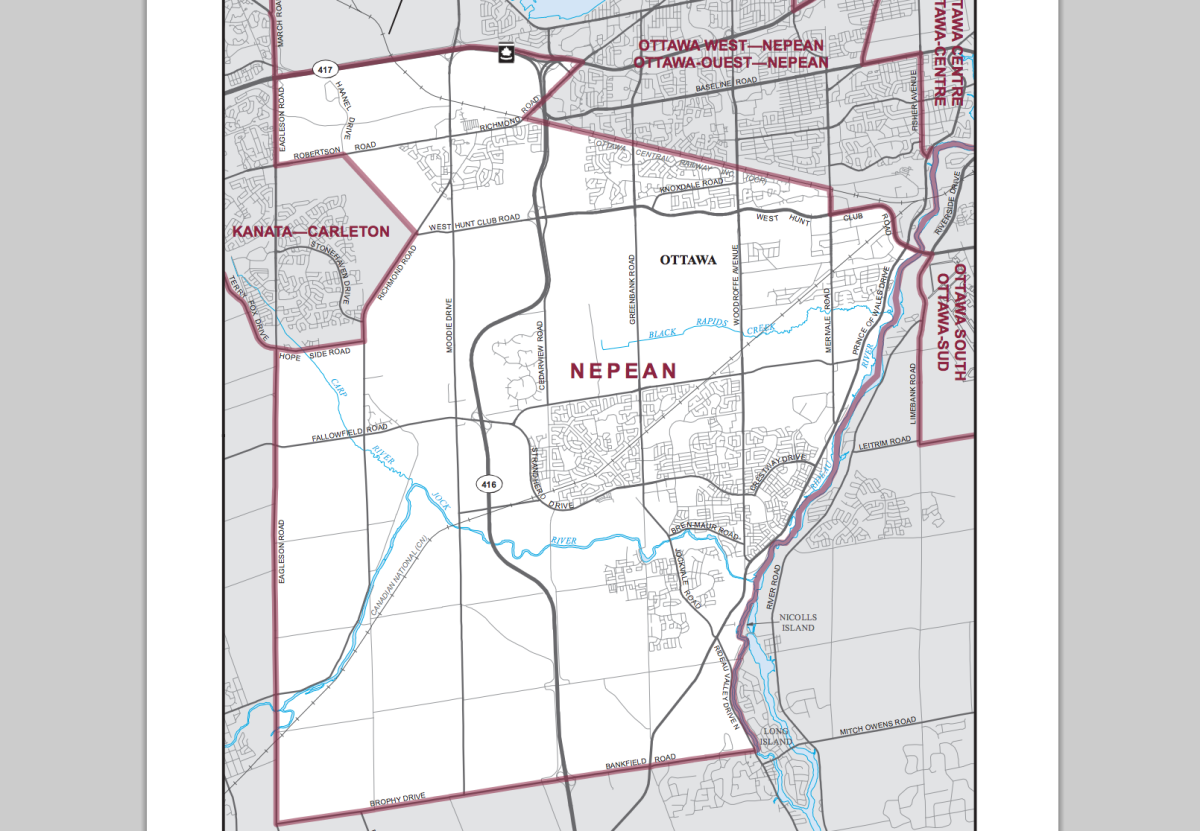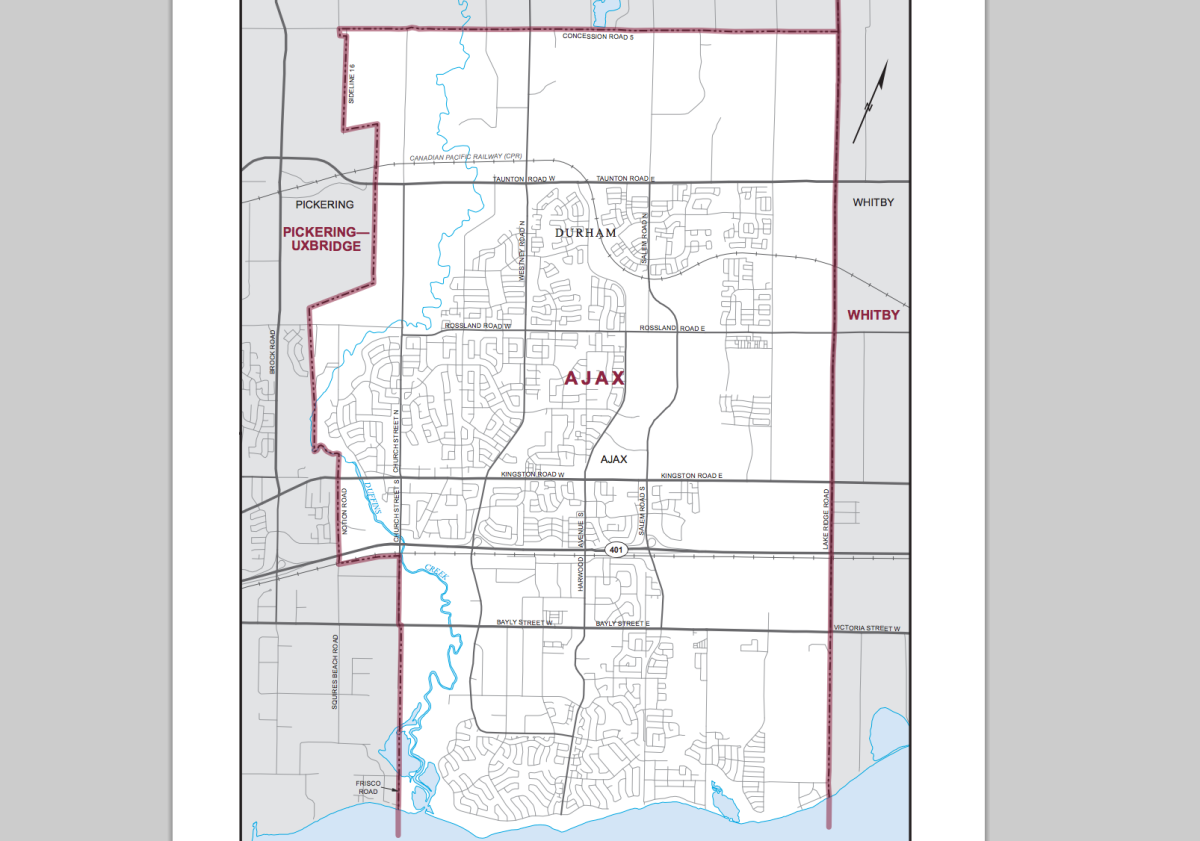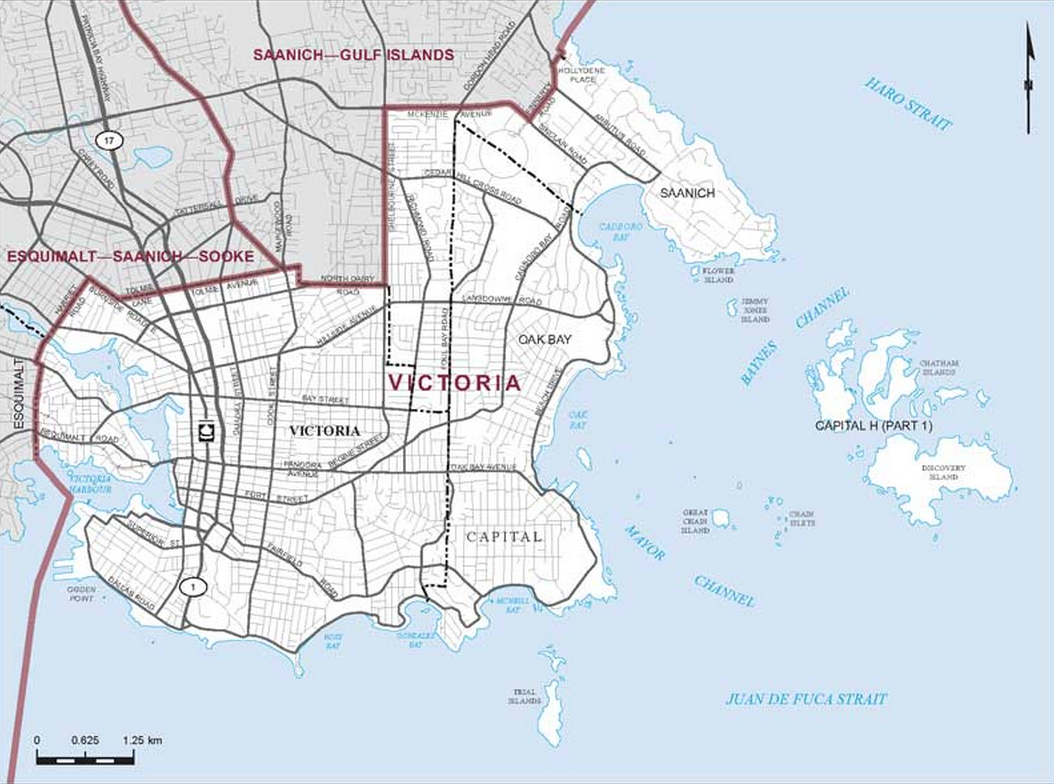Strategic voting: appealing in theory, difficult in practice.

In every election, there are people who decide to vote for their “second choice” party, in the hopes of stopping their least favourite party from getting elected.
It generally happens when people believe their favourite party has no chance of being elected in their riding, but they still want to make their vote matter.
This year, the organization Leadnow is running a large campaign called Votetogether.ca. Their aim is to try and get enough people to strategically vote against the Conservative Party, ensuring Liberal and NDP candidates get elected in ridings where vote-splitting has occurred in the past.
READ MORE: Web campaign asks voters to support candidates with best chance of unseating Conservatives
While over 62,000 people so far have pledged to vote strategically, there are two big hurdles.
The first is that, simply put, there likely aren’t enough people planning on voting strategically in any riding to change a result.
Let’s say 200,000 Canadians vote strategically this year. That sounds like a lot—but it only averages out to 592 votes in each electoral district. In 2011, there were only five MPs elected by that number or lower.
The second issue is that strategic voting is based on a hunch—that your riding is close, but your preferred candidate will finish in a distant third or fourth place—that may not turn out to be true.
Despite an increasing number of polls and seat projections, it’s very difficult to predict results at the riding-by-riding level. Few polls are done on individual seats, boundaries have changed from last election, and there’s no precedent in Canada for an election this close between three parties.
The truth is, in the vast majority of Canada’s 338 ridings, strategic voting won’t matter, or could backfire because of a faulty prediction.
But there are a few places where it might. Here are 10 ridings where, based on history and local polling, we believe a two-way race is unfolding—and a ‘strategic vote’ could be be strategic.
1. Louis-Saint-Laurent
2011 result (based on current boundaries): NDP 39.9%, Conservatives 37.6%, BQ 14.4%
Current LISPOP projection: Too close to call
The Conservatives lost three seats in Quebec City to the NDP last election, but this is the one they lost by the smallest amount—and consequently, the one they have the highest hopes of getting back.
Gérard Deltell, a provincial MNA and final leader of the Action démocratique du Québec party, is running for the Conservatives, while Daniel Caron, a former Canadian ambassador to Ukraine, is running for the NDP.
The Bloc Québécois and Liberals combined for over 20 per cent of the vote in this riding last election, but neither are expected to be competitive.
2. Nepean
2011 result (based on current boundaries): Conservatives 51%, Liberals 27.1%, NDP 17.8%
Current LISPOP projection: Too close to call
A new riding created when Nepean-Carleton was split in two, this suburban electoral district in southern Ottawa is being called a toss-up seat by both seat projectors and local media.
Andy Wang, a longtime aide to Conservative MP Pierre Poilievre, defeated Bob Plamondon in a contentious nomination battle which some say has decreased party enthusiasm in this riding. He goes up against Liberal candidate Chandra Arya. The NDP’s candidate is playwright and artist Sean Devine, but the NDP have never fared well in Ottawa’s suburban ridings, making a close two-way race on election night likely.
3. Oakville
2011 result (new seat, but based on results in polling stations within the boundaries): Conservatives 51.6%, Liberals 30.7%, NDP 13.9%
Current LISPOP projection: Too close to call
Like Nepean, this is a suburban riding the Conservatives won by 20 to 25 per cent of the vote, which analysts believe will be a toss-up if the Liberals continue to lead in Ontario polls.
Conservative MP Terence Young has held this seat since 2006, but has always been a backbench MP. The Liberal candidate is John Oliver, former President and CEO of Halton Healthcare Services.
The NDP have always done poorly in this riding, never finishing with more than 15 per cent.
4. Markham–Stouffville
2011 result (based on current boundaries): Conservatives 50.5%, Liberals 29%, NDP 16.5%
Current LISPOP projection: Too close to call
Another suburban Ontario riding the Conservatives won by just over 20 per cent last election, the Liberals are expected to be more competitive this time around—and they hope to knock off a high-profile MP.
Conservative MP Paul Calandra, Parliamentary Secretary to the Prime Minister, has become a target of the opposition parties during the last four years, and has made multiple apologies in the House of Commons for his conduct.
He goes against Liberal candidate Jane Philpott, a doctor, in this drastically reshaped riding.
Local media have described this race as a toss-up—but how large of a vote share the NDP can expect, in a new riding with a growing population base, is an unknown.
5. Ajax
2011 result (based on current boundaries): Conservatives 44.2%, Liberals 37.9%, NDP 15%
Current LISPOP projection: Liberal
This will be one of the mostly closely watched Ontario ridings on election night, as Immigration Minister Chris Alexander faces off against former MP Mark Holland in a rematch from their 2011 battle.
Alexander, who temporarily suspended his campaign to deal with the Syrian refugee crisis, defeated Holland by just over 3,000 votes last election.
In a Mainstreet/Postmedia poll of this riding released this week, Alexander held a 39 to 37 per cent edge over Holland amongst decided voters, with the NDP a distant third at 20 per cent.
While the NDP could surprise and make this a three-way race, it would be without precedent in this area: the party fluctuated between nine to 15 per cent in Ajax-Pickering the last four elections.
6. Regina–Qu’Appelle
2011 result (based on current boundaries): Conservatives 53.2%, NDP 38.6%, Liberals 4.8%
Current LISPOP projection: Leaning Conservative
The NDP haven’t won a seat in Saskatchewan since the 2000 election, but that’s expected to change this year. A controversial redrawing of the province’s electoral map means many seats that were a mix of Regina or Saskatoon and adjacent rural areas are now fully urban (favouring the NDP, outside of Liberal MP Ralph Goodale’s riding of Regina-Wascana), or fully rural (favouring the Conservatives).
The one exception is Regina–Qu’Appelle, home to Conservative MP and Speaker of the Canadian House of Commons Andrew Scheer, which still is a mixed riding. The region was held by the NDP from 1979 to 2004, and the party has high hopes in candidate Nial Kuyek, former general manager of the Agricultural Producers Association of Saskatchewan.
In 2004 and 2006, Scheer was able to defeat longtime NDP MP Lorne Nymstrom partly due to vote-splitting with Liberal candidate Allyce Herle, who received 27.8 per cent and 23.1 per cent in the two elections.
Kuyek has an outside chance of defeating Scheer—but only if Della Anaquod, an education administrator and board member of the First Nations University of Canada, finishes with a low vote total for the Liberals.
7. Lethbridge
2011 result (based on current boundaries): Conservative 52.5%, NDP 30%, Liberals 9.1%
Current LISPOP projection: Too close to call
Can the NDP with Lethbridge for the first time in their history?
The riding, which went to the Conservatives by 29.3 per cent in 2011, has shrunk considerably and now mostly contains just the city of Lethbridge, helping the NDP’s chances. And the NDP won both Lethbridge seats in this year’s provincial election, adding to their optimism.
Given the party’s history in the region though, it’s hard to forecast whether the NDP’s Cheryl Meheden can defeat Conservative candidate Rachael Harder, an independent youth consultant.
But much will depend on whether the party can avoid vote-splitting with the Liberals, who received 9.1% of the votes in these boundaries in 2011.
8. Calgary Confederation
2011 result (based on current boundaries): Conservatives 52.4%, Liberals 17.6%, NDP 15.8%
Current LISPOP projection: Too close to call
While both the NDP and Liberals have eyes on winning seats in Alberta this election, it’s generally believed that the NDP has the inside track in Edmonton, while the Liberals have a better chance in Calgary.
And in Calgary Confederation, it’s believed the Liberals have a very real chance. A Mainstream/Postmedia poll of the riding released this week showed Liberal candidate Matt Grant with a 38 to 37 per cent lead among decided voters over Conservative candidate Len Webber, a former provincial MLA.
READ MORE: Battle brewing in ‘riding to watch’ Calgary Confederation
The NDP’s Kirk Heuser received 19 per cent of decided voters in the poll, making vote-splitting—and strategic voting—a distinct possibility here.
9. North Vancouver
2011 result (based on current boundaries): Conservative 47.6%, Liberal 29.7%, NDP 16.9%
Current LISPOP projection: Liberal
Conservative MP Andrew Saxton is running again, and the North Shore typically elects right-wing candidates.
But the Liberals won here in 2004 and 2006, the NDP is leading provincially in the polls, and the Green Party has a star candidate in Claire Martin, longtime CBC meteorologist.
A telephone poll by Insights West released this week gave the Liberals 33 per cent of the vote in this riding, compared to the Conservatives at 25 per cent, the NDP at 11 per cent and the Greens and 10 per cent.
Do the math, and it means there 20 per cent of voters are undecided—making the result still very much in doubt.
10. Victoria
2012 byelection result (based on current boundaries): NDP 37.2%, Greens 34.3%, Conservatives 14.5%
Current LISPOP projection: NDP
If you’re a supporter of the Conservative Party, voting strategically is not really an option. With the NDP and Liberals so close in the polls, voting for the party presumed to be weaker in ridings where the two are close (like many in Toronto, for example) would be a guessing game.
However, Conservative voters could vote strategically, if so inclined, in Victoria, where NDP MP Murray Rankin won a close byelection over the Green Party three years ago.
The Greens have increasingly become the second most popular party in the Victoria area, federally and provincially, and former CBC radio host Jo-Anne Roberts is running for them this election.
A Green Party win in Victoria wouldn’t directly help the Conservatives. But it would take away one seat from the NDP—and in an election this close, one riding could make a big difference.












Comments